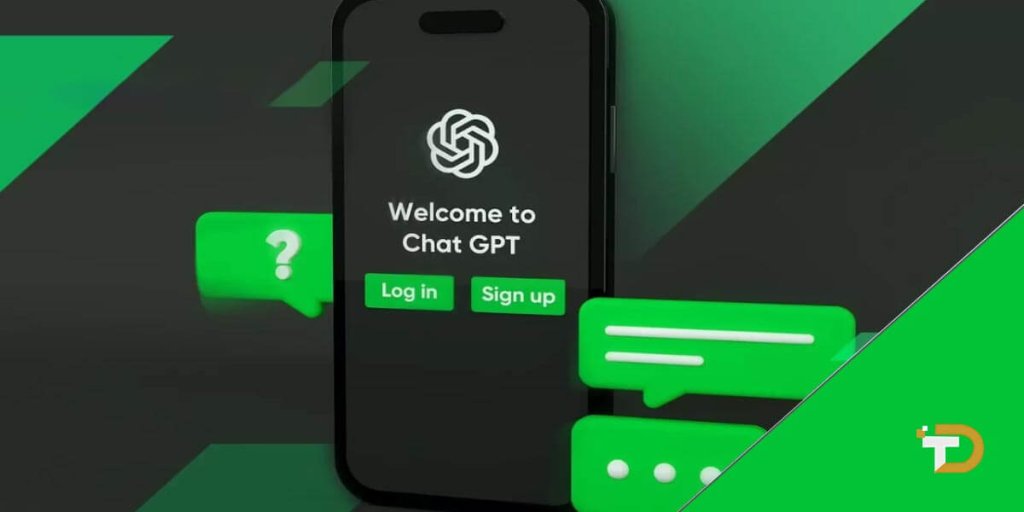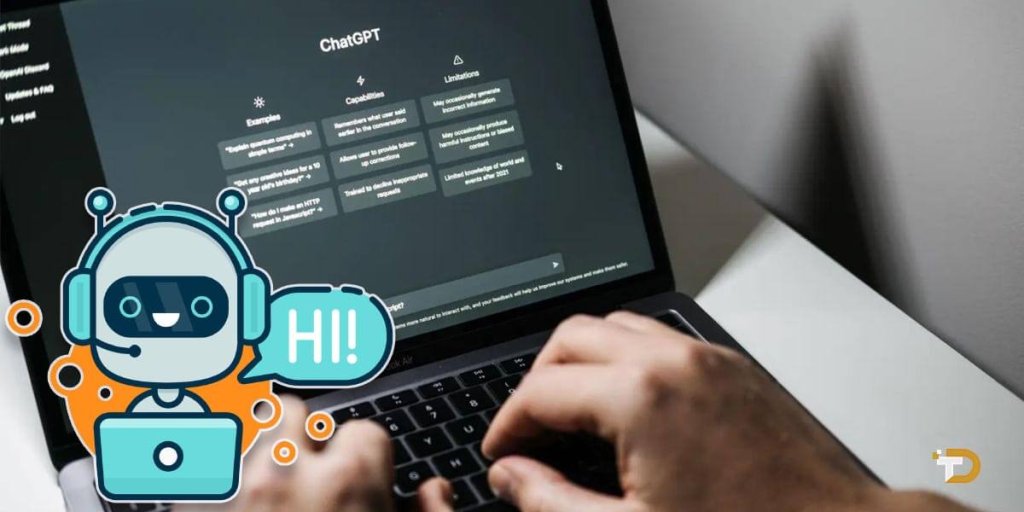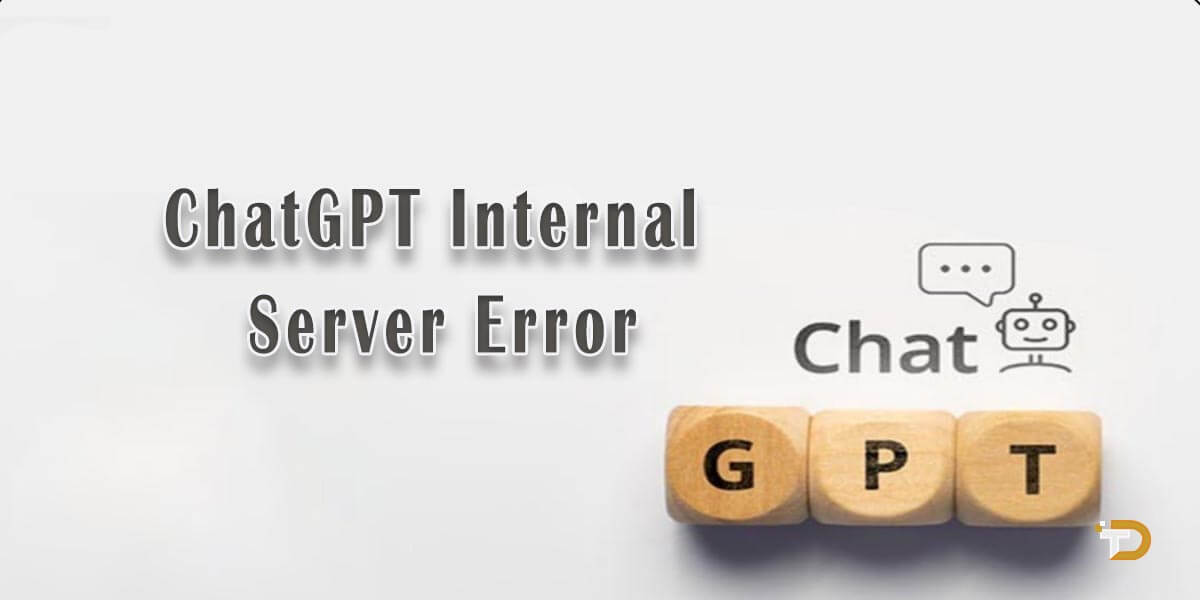ChatGPT Internal Server Error – How to Fix it?
ChatGPT has quickly become one of the most popular AI assistants since its launch in 2022. Developed by OpenAI, ChatGPT is an AI system trained by Anthropic to be helpful, harmless, and honest using a technique called Constitutional AI. However, like any technology, ChatGPT is not immune to errors. One common issue users encounter is the “Internal Server Error,” preventing them from effectively interacting with the chatbot.
What is the ChatGPT Internal Server Error?
The Internal Server Error, commonly called error 500, is a general message that appears when issues are processing a request on the ChatGPT server side. It indicates the server encountered an unexpected condition that prevented it from fulfilling the request.
This blanket error message frustrates users as it needs to provide specifics on the underlying problem. The error can stem from server misconfigurations, software/hardware issues, high traffic, or bugs/errors in the ChatGPT model code.
Some common symptoms of this error include:
- Inability to access or load the ChatGPT interface
- Slow responses or the chatbot becoming unresponsive
- Generic error messages appear instead of answers
It’s important to note the error doesn’t necessarily mean an issue with ChatGPT itself. Often, the cause lies with server infrastructure, network connectivity, or user-side configurations that require troubleshooting.
Potential Causes of the Internal Server Error
To effectively resolve this error, it’s essential to understand its potential root causes. Here are some issues that can trigger the Internal Server Error:
- High Traffic/Resource Overload: ChatGPT’s immense popularity can cause servers to reach maximum capacity during peak usage hours.
- Server Hardware/Software Issues: Problems with server components like CPU, RAM, storage disks, or outdated/buggy software versions.
- Misconfigurations: Incorrect configuration of server settings, databases, firewalls, domain name systems, etc.
- Network Issues: Connectivity problems, DNS resolution failures, packet loss, or latency affecting the server’s external reachability.
- Application Bugs: Errors or defects present in ChatGPT’s codebase or integration interfaces.
- Database Errors: Corruption, downtime, or connectivity failures affecting the backend databases.
- DDOS Attacks: Malicious traffic intentionally trying to overload servers through amplification attacks. Error: Mistakes during maintenance/updates leading to unstable or broken server states.
Identifying the root cause through systematic troubleshooting is critical to resolving the error efficiently.
Troubleshooting the Internal Server Error

With an understanding of potential causes, let’s explore methods for troubleshooting the Internal Server Error:
- Check Server Status: OpenAI provides real-time status updates. Check if an outage is reported before troubleshooting locally.
- Inspect Server Logs: Logs contain error details – review for clues on what’s triggering the 500.
- Clear Cache/Cookies: Temporary files can cause issues – clear browser storage and try again.
- Use Different Browser/Device: Rules out browser-specific incompatibilities.
- Check Internet Connectivity: Issues with network configuration or speed.
- Refresh Page: Transient errors may clear with a simple refresh.
- Re-Login to Account: Expired sessions require re-authentication.
- Monitor for Rate Limits: Free accounts have response limits that may trigger errors.
- Update Browser: Outdated browsers can need more capabilities.
- Update OS: Underlying OS issues on mobile/desktop are sometimes responsible.
- Update ChatGPT App: App version mismatches cause unexpected behaviors.
- Contact Support: For persistent errors, the support team can further investigate.
It’s essential to go through each troubleshooting step methodically to pinpoint the root cause. Persistence and patience are crucial to resolving the error.
Best Practices for Maintenance
To prevent future occurrences, following good maintenance practices can keep ChatGPT running smoothly:
- Regular Log Reviews: Check for new errors or patterns that may foreshadow issues.
- Monitor Resources: Server hardware/software performance metrics aid capacity planning.
- Database Maintenance: Backups, optimization, and repairs ensure databases function optimally.
- Scheduled Restarts: Resets systems cleanly without accumulated memory leaks/errors.
- Timely Updates: Security and stability fixes keep ChatGPT infrastructure current.
- Test Configuration Changes: Changes to settings are tested in staging before production.
- Document Processes: Runbooks help support teams quickly grasp internal workings.
- Train Staff: Educate teams to detect and handle issues promptly before they cascade.
- Conduct Audits: Check for policy compliance to reduce risks from misconfigurations.
- Test Disaster Recovery: Verify the ability to resume operations following outages.
Proactive maintenance through monitoring, configuration management, and staff training can help minimize downtime from errors.
Additional Troubleshooting Tips

Here are some additional tips that may help resolve persistent Internal Server Errors:
- Using a mobile data connection instead of Wi-Fi rules out local network issues.
- Clear the browser cache entirely instead of just cookies to flush all stored data.
- Try accessing ChatGPT in incognito/private browsing mode without extensions.
- Update browser plugins/add-ons that may interfere, like ad-blockers or script blockers.
- Reinstall the ChatGPT app if errors occur only on mobile – corrupted files can cause glitches.
- Check for any antivirus/firewall rules blocking ChatGPT’s domain connectivity.
- Contact support with captured network traces if the issue is reproducible – they can spot anomalies.
- As a last resort, try completely different devices and networks to isolate local variables fully.
- Subscribing to ChatGPT Plus provides priority access if high traffic is suspected.
Following a systematic, step-by-step approach and exploring all potential factors will help resolve this error.
When to Contact Support
While many Internal Server Errors can be fixed independently, some cases may require support intervention:
- The error persists despite thorough troubleshooting over multiple sessions.
- Server logs or network traces show definitive backend/infrastructure issues.
- Official status pages confirm outages, but the error isn’t going away.
- Account access or features unexpectedly stop working.
- Security or privacy concerns arise from the nature of mistakes.
- Urgent production dependencies require ChatGPT for go-live.
In such situations, the support team can leverage deeper insights and directly investigate with the development/operations teams.
Read More: What is InferKit? Everything You Should Know
Conclusion
The ChatGPT Internal Server Error prevents users from conversing seamlessly with the AI assistant. However, understanding its causes and learning various troubleshooting techniques can resolve most instances of this error. Following best practices for maintenance and monitoring also helps minimize future occurrences.
With patience and persistence, the methods outlined in this guide will help users overcome the error and continue enjoying the benefits of ChatGPT. Its immense popularity also means outages may still occur rarely due to high traffic or infrastructure issues beyond an individual’s control. Even in such cases, the tips here can help identify if the problem lies locally or with OpenAI’s servers. By mastering how to fix this error, users can optimize their experience with one of the most advanced AI assistants available today.





